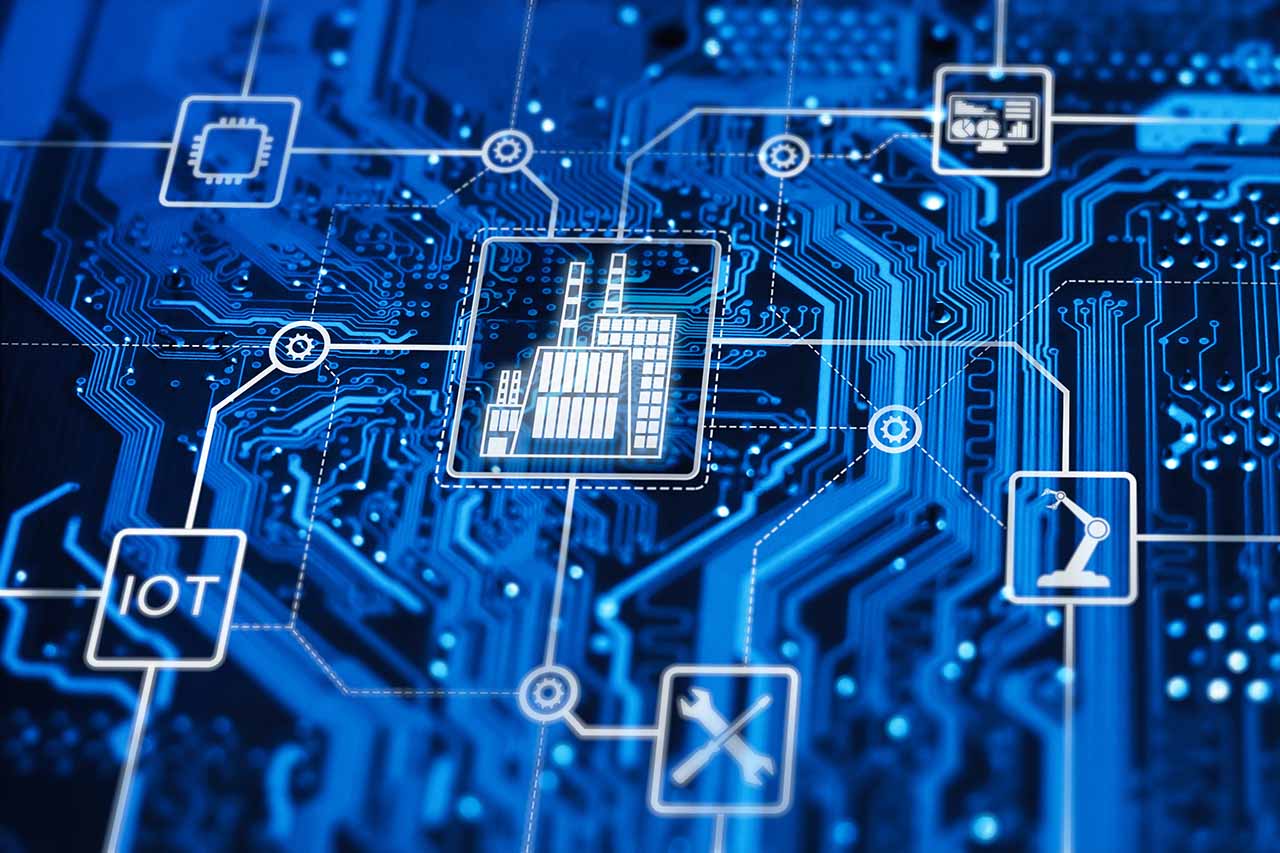This blog is based on our analyses, Top 10 Growth Opportunities in IoT and Edge and The Future of Multi-access Edge Computing: Customer Perspectives and Strategic Priorities, 2025, authored by Frost & Sullivan’s growth experts, Cecilia Perez and Renato Pasquini, from the IoT and Edge team.
In the age of ubiquitous connectivity, IoT technology has evolved far beyond simply linking devices — it’s now about building intelligent, responsive ecosystems that can sense, learn, and act autonomously. We’re witnessing a pivotal shift where once-hypothetical concepts like digital twins, predictive analytics, and autonomous systems are being deployed at scale — powered by the Artificial Intelligence of Things (AIoT). This brings with it the potential of intelligent decision-making, higher operational efficiencies, and better customer experience (CX).
The momenum behind tomorrow’s IoT revolution stems from advancements in:
- Multi-access edge computing (MEC) combined with edge AI for improved inferencing and real-time analytics that support Industrial IoT (IIoT), computer vision, AI inferencing, and spatial computing.
- AI-enabled wearables, IoT devices, and smartphones with in-built chatbots, virtual assistants, and inferencing tools.
- 5G connectivity, small cell radios, and private networks for mission-critical communications in manufacturing, live sports, and retail.
- Non-terrestrial networks (NTNs) and satellite connectivity that extend IoT coverage to cellular dead zones.
- Embedded SIMs (eSIMs) for remote, carrier-agnostic orchestration that supports connected vehicles, smart metering, and asset tracking, among other applications.
- Cellular IoT for large-scale IoT applications and global connectivity in smart cities, logistics, agriculture, and mobility.
Using IoT to its Full Potential
Unlock strategic insights and customer perspectives on tomorrow’s IoT and Edge ecosystem with Frost & Sullivan’s latest IoT Opportunity Guide.
This delves into:
- Strategic imperatives driving change in conventional IoT and MEC solutions.
- 10 lucrative opportunities, from GenAI in IoT infrastructure and security to connectivity platforms, cellular IoT, and more!
- Best practices and tech strategies from leading providers like AWS, Cisco, Siemens, Altos, and more!
Download now, to accelerate intelligent automation in your organization!
Are your teams equipped to identify new opportunities emerging from the IoT and MEC transformation?
Growth Avenues in the IoT and Edge Ecosystem for 2025 and Beyond
Innovative Strategies to Capitalize on These Opportunities
Now, amid transformative megatrends, changing customer needs, and new business models, enterprises that embrace the following avenues can secure competitive advantages in IoT and MEC:
- Next-generation IoT platforms to effectively manage multiple devices and connectivity protocols.
- GenAI tools, AI models, and AI assistants embedded into IoT infrastructure.
- AIoT for automating general and administrative workflows.
- Inbuilt IoT security measures, like zero-trust policies, hardware-based encryption, and continuous monitoring in devices.
Integrating GenAI in IoT Hardware
Going forward, advancements in GenAI (and enabling technologies) will prove to be indispensable in unlocking the complete potential of IoT. For providers, this brings along the possibility of delivering value-add services like GenAI-as-a-Service (GaaS), automated network provisioning, personalized IoT platforms, and vertical-specific IoT interfaces, which make devices smarter and more responsive. For customers, this means that GenAI models trained in the cloud can be deployed directly on edge devices to unlock benefits like:
- Enhanced data security
- Reduced power consumption
- Minimized latency
- Superior reliability
- Optimized data utilization
- Decreased data processing costs
Moreover, integrating GenAI into IoT systems will open the doors to more dynamic and human-like interactions between users and devices. This in turn will give rise to next-generation IoT solutions that can understand and respond to complex user requests, enable direct, conversational control over device settings, and even generate intelligent solutions on their own — making device communication more intuitive, interactive, and socially aware.
Which benchmarking tools will help you evaluate potential technology partners in AI-first IoT?
Securing IoT Infrastructure
Along with new technologies, the rise in connected devices will also expand the global IoT ecosystem — and with it, the attack surface for cyber threats. This potential surge in IoT-related cyberattacks will intensify the demand for advanced security solutions. Further, as governments introduce stricter compliance measures, organizations will need stronger safeguards and more scalable security frameworks to support the rise of smart homes, connected buildings, cities, and autonomous vehicles.
On the positive side, ML and blockchain will help providers automate threat detection, improve visibility, and secure data transactions. Together, these headwinds present major opportunities for industry incumbents to tap into a fast-growing market for intelligent, end-to-end IoT security. But before capitalizing on the opportunities that lay ahead, companies must strategize to address the following growth barriers:
- Complexity and heterogeneity of IoT networks
- Security vulnerabilities and weak encryption in existing IoT devices
- High costs associated with modern IoT security solutions
- Lack of device standardization and interoperability
How will you prepare your organization to counter these growth barriers?
Next Steps: Let’s Build What’s Next in IoT
In conclusion, tomorrow’s connected world calls for more than just smart devices.
Whether you’re exploring GenAI, IoT, private 5G, or MEC, now is the time to assess your organization’s current IT infrastructure, close critical gaps, and implement future-ready solutions that can help you achieve your business objectives.
Looking for vertical-specific IoT and MEC implementation strategies?
Get in touch with our IoT and Edge growth experts to enable intelligent, secure, and scalable IoT workflows in your organization.





